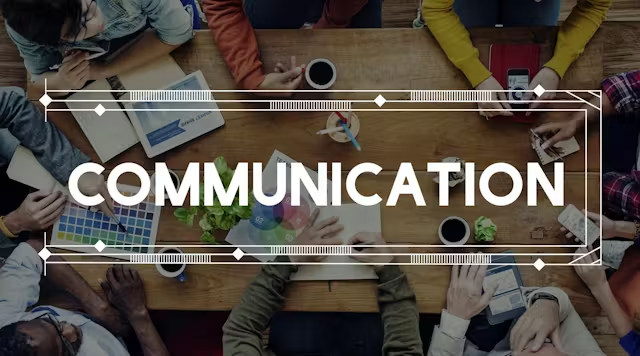In today’s competitive marketplace, strong customer relationships are the cornerstone of any successful business. Effective communication is the key to fostering these relationships, ensuring that customers feel valued, understood, and engaged. In this blog post, we’ll explore the essential communication strategies that can help you build and maintain strong customer relationships, ultimately driving loyalty and long-term success.
1. Personalized Communication
Personalization is no longer just a nice-to-have; it’s an expectation. Customers want to feel like they are more than just a number, and personalized communication is the way to achieve this.
1.1 Use Customer Data
Leverage customer data to tailor your interactions. Whether it’s using their name in communications, remembering their previous purchases, or recommending products based on their preferences, personalization makes customers feel seen and appreciated.
1.2 Segment Your Audience
Segment your customer base to deliver targeted messages that resonate with different groups. This approach ensures that your communication is relevant and meaningful, increasing the likelihood of engagement and satisfaction.

2. Active Listening
Listening to your customers is just as important as what you say to them. Active listening helps you understand their needs, concerns, and feedback, allowing you to respond effectively.
2.1 Encourage Feedback
Create channels for customers to provide feedback, whether through surveys, social media, or direct conversations. Show that you value their opinions by responding promptly and making improvements based on their input.
2.2 Acknowledge Concerns
When customers express concerns or complaints, acknowledge them immediately. Let them know that you are listening and that their issue is important to you. This simple act of validation can go a long way in building trust.
3. Consistent and Transparent Communication
Consistency and transparency in communication help establish trust and reliability, which are critical components of strong customer relationships.
3.1 Regular Updates
Keep your customers informed about important changes, promotions, or updates through regular communication. Whether via email newsletters, social media, or in-app notifications, consistency helps maintain engagement and trust.
3.2 Be Honest and Transparent
Honesty is the best policy when it comes to customer communication. If there’s a problem, be upfront about it and communicate the steps you’re taking to resolve it. Transparency builds credibility and fosters long-term loyalty.
4. Leverage Technology for Better Communication
Technology plays a vital role in facilitating effective communication, making it easier to connect with customers and provide timely responses.
4.1 Utilize CRM Systems
Customer Relationship Management (CRM) systems can help you manage and analyze customer interactions and data. This enables you to personalize communication, track customer behavior, and provide better service.
4.2 Automate Where Appropriate
Automation tools, like chatbots and email automation, can help you maintain regular communication with customers without overwhelming your team. However, it’s important to strike a balance—automation should complement, not replace, human interaction.
5. Empathy in Customer Interactions
Empathy is crucial for building emotional connections with customers. When you demonstrate that you genuinely care about their needs and experiences, customers are more likely to remain loyal.
5.1 Train Your Team in Empathy
Ensure that your customer service team is trained to approach interactions with empathy. This means understanding the customer’s perspective, acknowledging their emotions, and responding in a caring manner.
5.2 Humanize Your Brand
Humanize your brand by sharing stories, engaging with customers on social media, and showing the people behind the business. This approach helps customers feel more connected to your brand on a personal level.
6. Proactive Communication
Proactive communication involves reaching out to customers before they come to you with a problem. This strategy can prevent issues from escalating and shows that you’re attentive to their needs.
6.1 Anticipate Customer Needs
Use customer data and insights to anticipate potential issues or needs. For example, if you notice a customer hasn’t made a purchase in a while, you might send a personalized offer or check-in email.
6.2 Provide Solutions Before Problems Arise
If you foresee a potential problem, communicate with your customers before it becomes an issue. For instance, if there’s going to be a delay in shipping, let them know in advance and offer solutions like expedited shipping for future orders.
Conclusion
Building strong customer relationships requires more than just excellent products or services; it demands effective, consistent, and empathetic communication. By implementing these strategies, you can create meaningful connections with your customers, foster loyalty, and ensure long-term business success.
Call to Action: Start strengthening your custo



